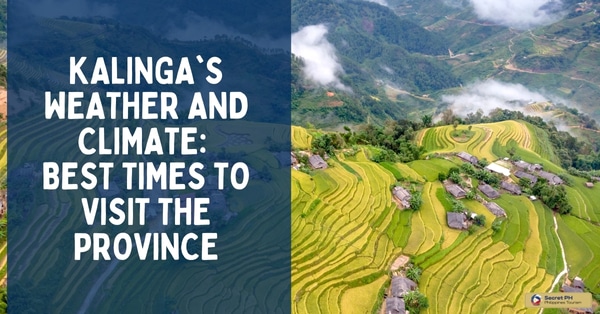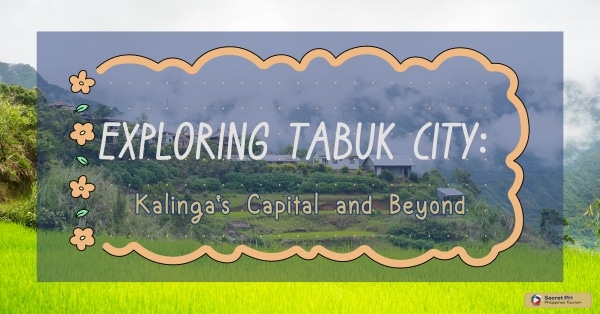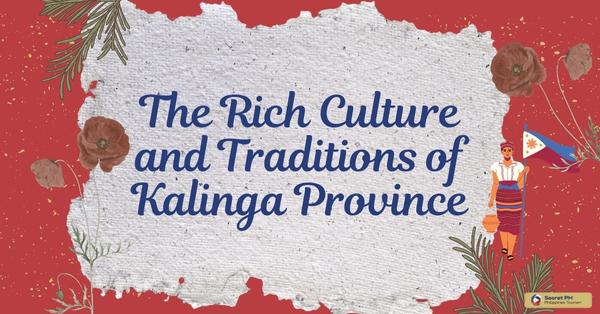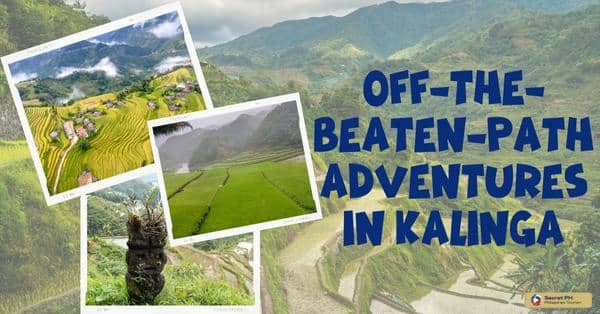The Philippines’ weather and culture are intertwined, with weather shaping cultural practices and identity. Despite challenges from extreme weather events, such as typhoons, the Filipino people show resilience. Understanding the connection between weather and culture is crucial for mitigating the impacts of climate change and building a sustainable future.
In this blog post, we’ll explore the weather patterns and climate in the Philippines, its historical and cultural significance, and traditional practices related to Philippine weather. Beliefs related to Philippine weather, and how climate change is affecting the country and its culture. So read on to learn more about this beautiful tropical nation’s weather patterns and what you need to know before your next visit.
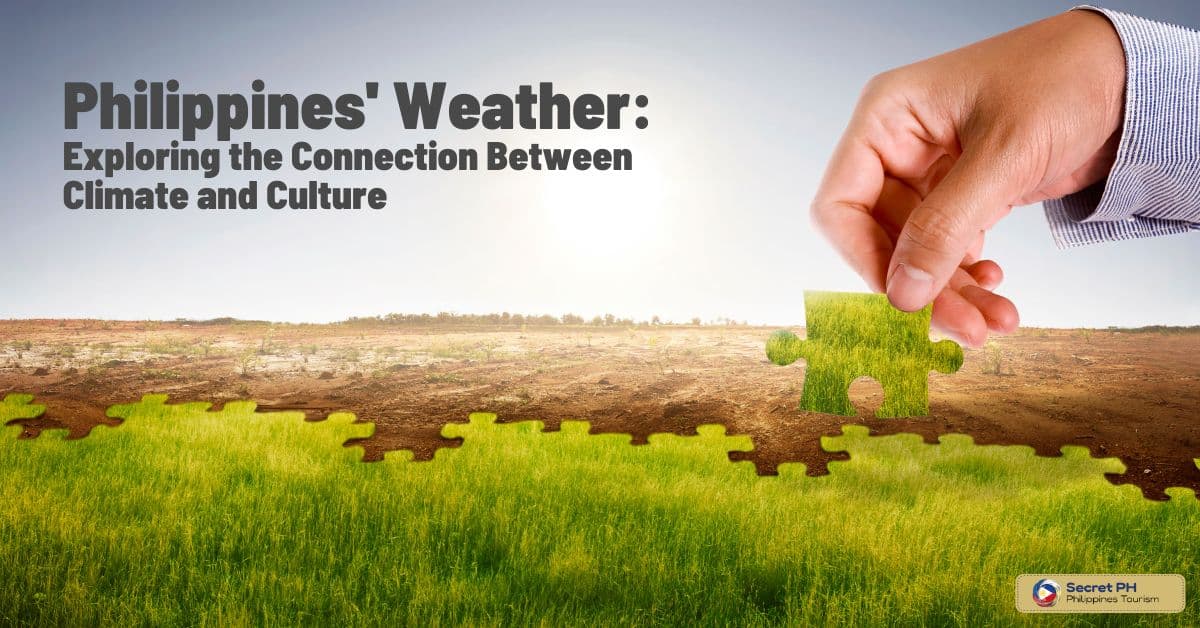
Introduction to the Philippines’ Weather and Climate
The Philippines is known for its tropical climate, characterized by high humidity and abundant rainfall throughout the year. Its location near the equator makes it prone to typhoons and thunderstorms, especially during the rainy season which starts from June to November.
On the other hand, the dry season which spans from December to May offers favorable weather conditions, perfect for outdoor activities and vacations. The temperature in the Philippines ranges from 20°C to 38°C, with slightly cooler temperatures in the highlands.
Being aware of the weather and climate in the Philippines is crucial in planning your trip and ensuring your safety. So make sure to keep yourself updated with the weather forecasts and prepare accordingly.
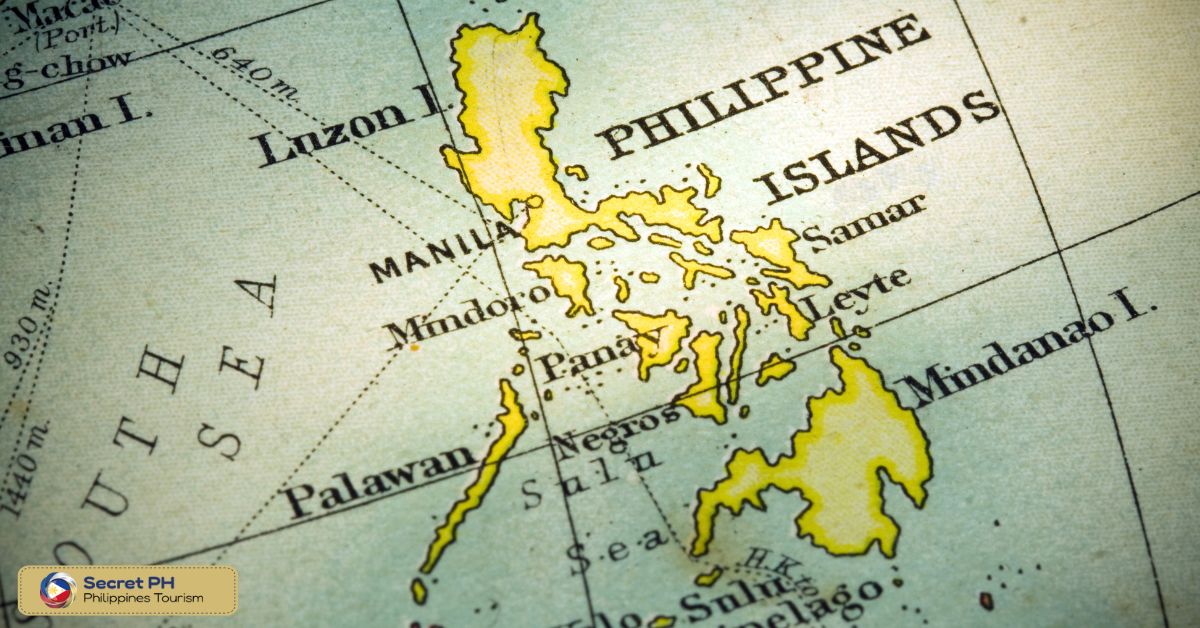
Historical and Cultural Significance of Philippine Weather Patterns
The weather patterns in the Philippines hold a significant place in the nation’s history and culture. The tropical climate that graces the islands has shaped the country’s agriculture and influenced the livelihoods of its people.
Typhoons have made their way into the country’s history books because of their devastating impact on the nation. Filipinos have learned to adapt and prepare for the arrival of the typhoon season.
Weather folklore and rituals are prevalent in the country as well; more than just mere superstitions, they reveal the deep respect and affinity the people have for nature. Truly, the weather patterns in the Philippines reflect the rich and diverse culture of its people and underscore the resilience and adaptability that have come to define them.
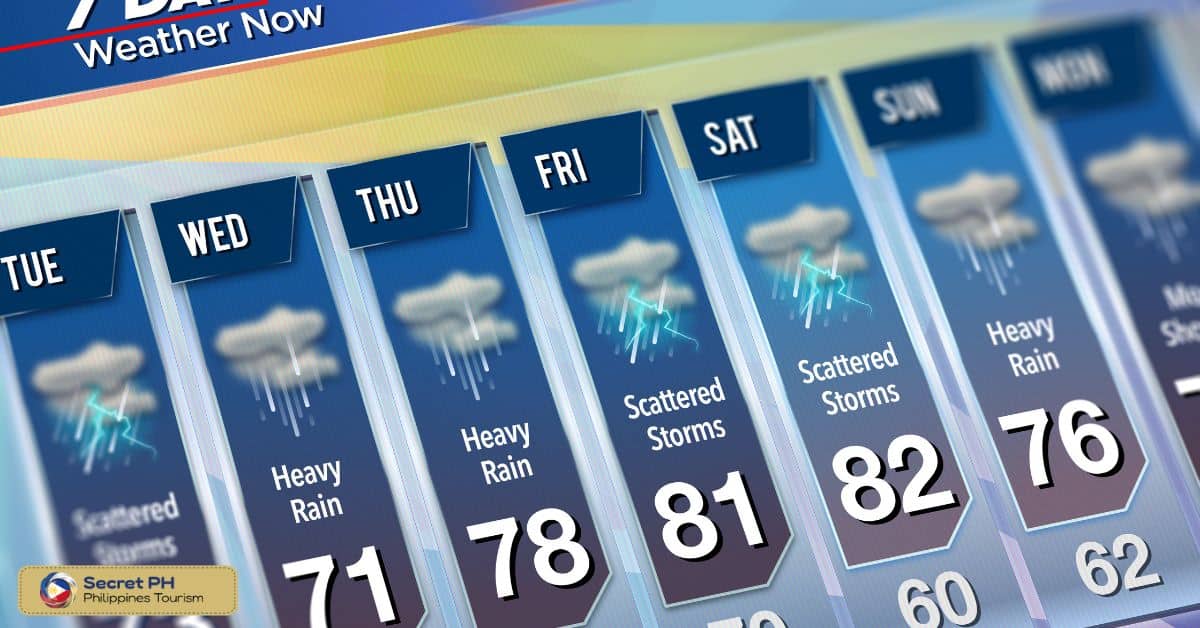
Traditional Practices and Beliefs Related to Philippine Weather
The Philippines is a country that has been shaped by its weather patterns, and traditional practices and beliefs related to weather have played a significant role in the lives of Filipinos for generations. These practices and beliefs reflect the close connection between Filipinos and their environment, and their dependence on nature for their livelihood and survival.
Traditional Practices Related to Philippine Weather Include:
Using the Almanac
The almanac, known as “pananggalang,” is a book that contains information on weather patterns, astronomical events, and other important information. Farmers, fishermen, and other individuals often consult the almanac before planting crops, fishing, or scheduling important events.

Performing Rituals
During times of drought, farmers and other individuals may perform rituals to ask for rain from the gods. These rituals often involve making offerings and reciting prayers in the hopes of bringing rain to the parched land.
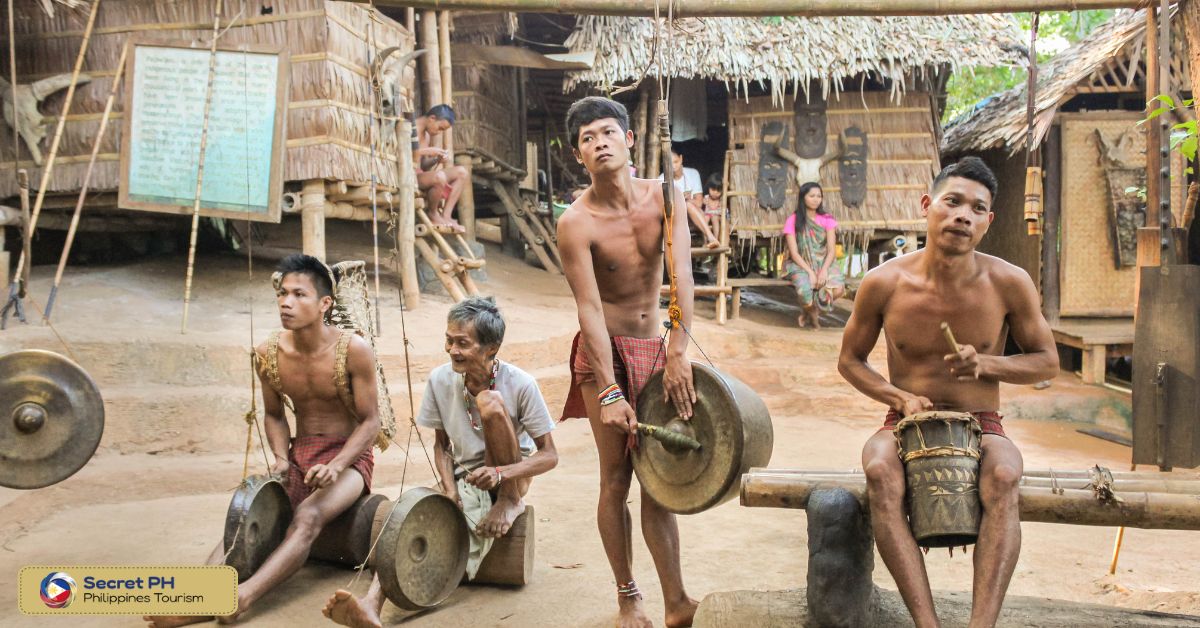
Using Amulets
Many Filipinos use “anting-anting,” which are amulets or charms believed to offer protection from natural disasters such as typhoons and earthquakes. These amulets are often made from natural materials and are believed to contain supernatural powers that can protect the wearer from harm.

Observing Omens
Some Filipinos believe in observing natural phenomena as omens of good or bad fortune. For example, a rainbow after heavy rain is often seen as a sign of hope and good fortune, while a red sky in the morning is believed to indicate that bad weather is on the way.
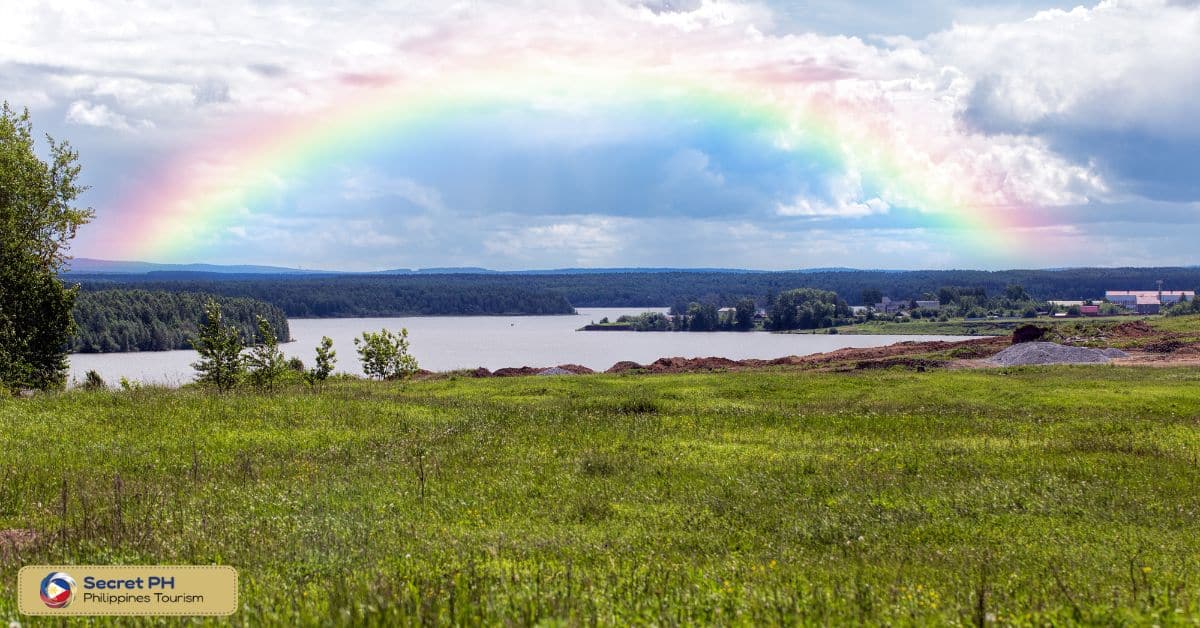
Beliefs Related to Philippine Weather Include:
The Importance of the First Rain
The first rain of the year, known as “amihan,” is believed to bring good luck and prosperity. Many Filipinos look forward to the first rain and celebrate its arrival with feasts and other festivities.

The Power of the Elements
Filipinos believe that the elements of nature have the power to bring both good and bad fortune. For example, a strong wind is often seen as a sign of impending change, while a calm sea is believed to be a sign of peace and prosperity.
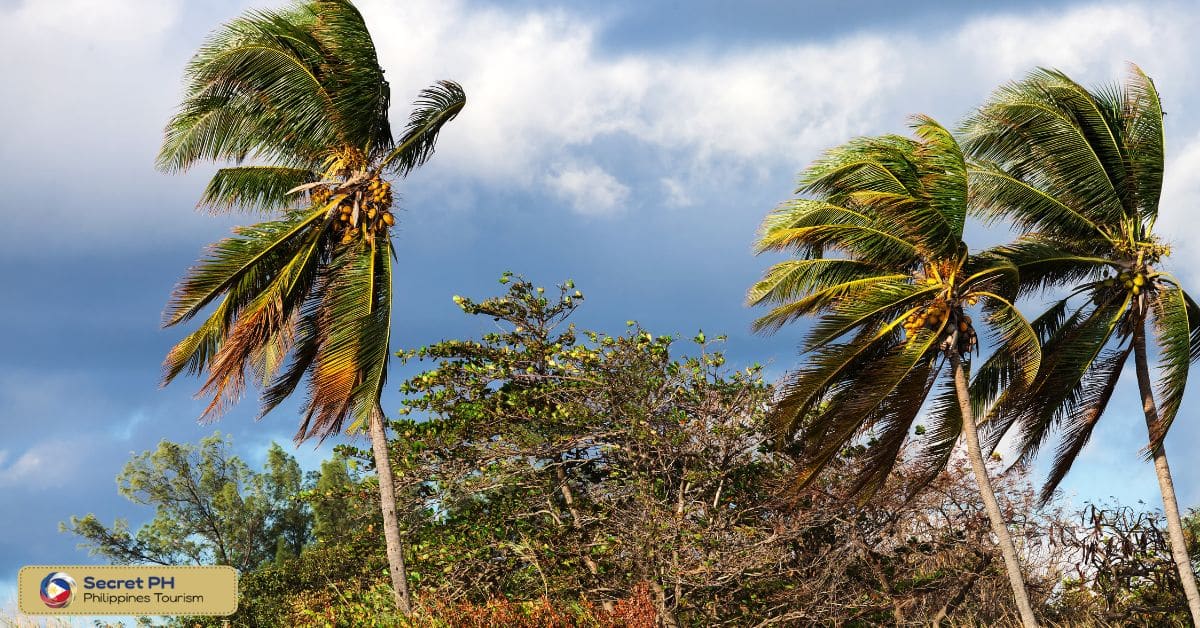
The Role of the Gods
Many Filipinos believe that the gods have the power to control the weather and other natural phenomena. As a result, they may perform rituals and make offerings to the gods in the hopes of influencing the weather and protecting themselves from harm.

Overall, these traditional practices and beliefs related to Philippine weather reflect the deep connection between Filipinos and their environment. They serve as a reminder of the power and unpredictability of nature, and the importance of living in harmony with it.
Impact of Climate Change on Philippine Weather and Culture
The Philippines is a tropical country with abundant natural resources, but it is also highly susceptible to the effects of climate change. Its geography which puts it directly in the path of typhoons, increases the risk of flooding and landslides, severely damaging infrastructure and homes.
In addition to physical damage, climate change is also affecting Philippine culture. The country’s reliance on fishing and agriculture is seriously threatened as water temperatures rise and weather patterns become unpredictable.
Filipinos are being forced to adapt to a changing environment, which is resulting in changes in traditional lifestyles and practices. Despite the challenges, the people of the Philippines are taking steps to mitigate the impact of climate change.
Such as planting mangroves to protect against storm surges and shifting to more sustainable farming practices. It is critical that these efforts continue to ensure a sustainable future for both the country and its people.
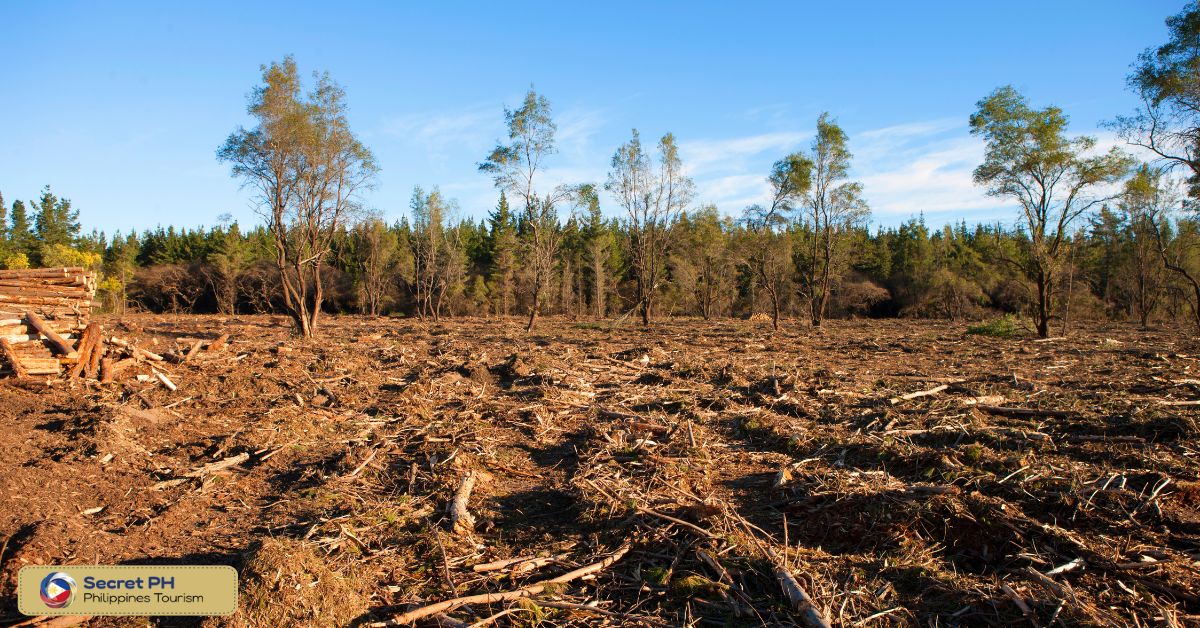
Coping Strategies for Extreme Weather Events in the Philippines
The Philippines is a country that is prone to extreme weather events such as typhoons, floods, landslides, and droughts. These events can cause significant damage to property and infrastructure, and can also put the lives of millions of Filipinos at risk.
In response, the government and communities across the country have developed coping strategies to minimize the impact of extreme weather events. The coping strategies for extreme weather events in the Philippines can be categorized into four stages of disaster management.
Preparedness
This involves taking proactive steps to minimize the impact of an extreme weather event before it occurs. Some coping strategies for preparedness include:
- Early warning systems: A nationwide system that alerts communities of potential hazards such as typhoons and floods.
- Emergency kits: Kits that include food, water, medicine, and other essentials in case of evacuation or power outages.
- Evacuation centers: Establishing centers that can be used to shelter evacuees in the event of a disaster.

Response
This involves taking action to minimize the damage caused by a weather event as it occurs. Some coping strategies for response include:
- Emergency response teams: Mobilizing resources such as search and rescue teams and medical personnel to respond to a disaster.
- Evacuation: Mobilizing quickly to evacuate residents from flood-prone areas or to provide food and shelter to those affected by a disaster.

Recovery
This involves taking action to restore affected areas to their pre-disaster condition. Some coping strategies for recovery include:
- Financial assistance: Providing financial assistance to affected individuals and communities to help them rebuild their homes and businesses.
- Rehabilitation efforts: Engaging in community-based rehabilitation efforts, such as cleaning up debris and repairing damaged infrastructure.

Adaptation
This involves taking long-term measures to reduce the vulnerability of communities to extreme weather events. Some coping strategies for adaptation include:
- Infrastructure investment: Investing in infrastructure such as flood control systems and coastal protection measures to reduce the impact of future disasters.
- Climate-smart practices: Engaging in climate-smart agriculture practices and other sustainable livelihood activities to reduce vulnerability to climate-related risks.
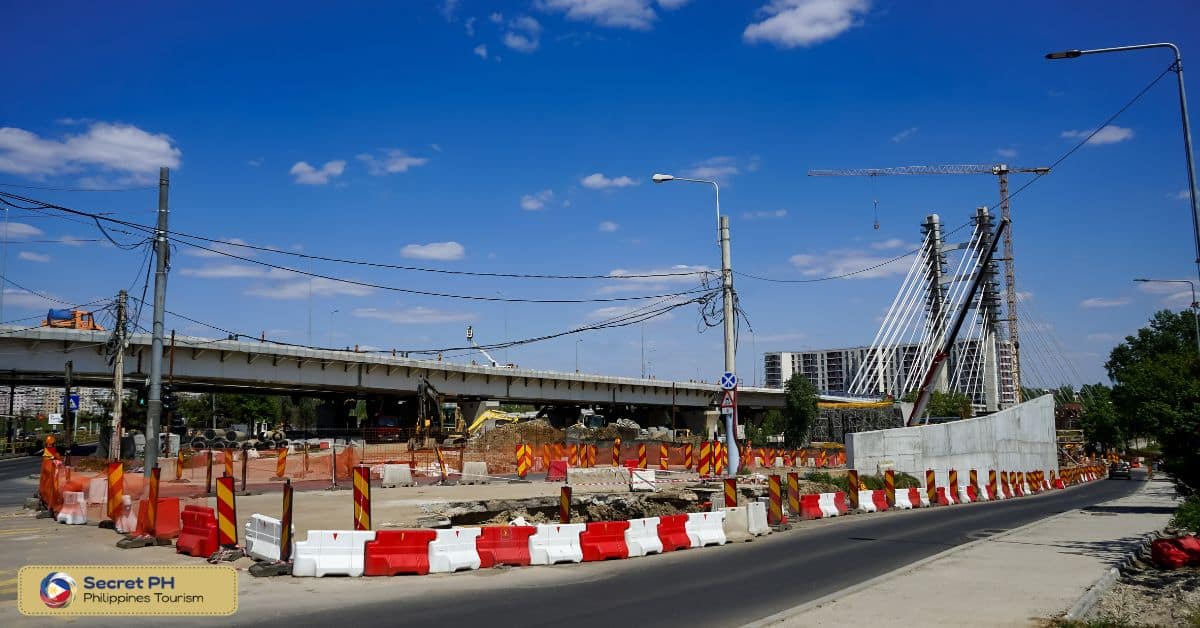
Government Policies and Programs to Address Climate Change in the Philippines
The Philippines is highly vulnerable to the impacts of climate change, such as rising sea levels, more intense typhoons, droughts, and flooding. In response, the government has implemented various policies and programs to address climate change and its effects on the country. Here are some examples:
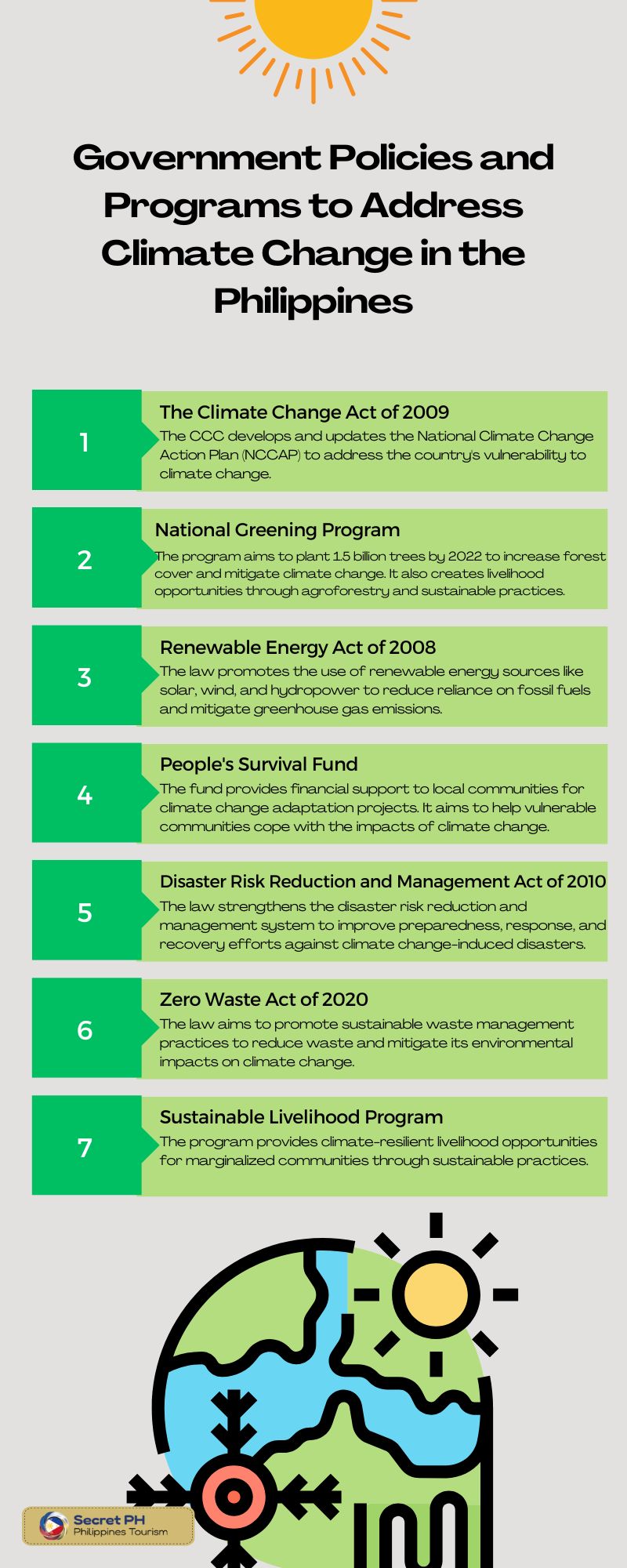
The Philippine government’s policies and programs to address climate change aim to promote sustainable development and reduce the country’s vulnerability to the impacts of climate change. However, there is still a need for greater implementation and enforcement of these policies to ensure their effectiveness in mitigating the effects of climate change.
In conclusion
The weather in the Philippines has a deep and significant connection with the country’s rich and diverse culture. The tropical climate, with its heavy rainfall and abundant sunshine, has influenced everything from the food people eat to the way they celebrate festivals and holidays.
The people of the Philippines have learned to adapt to the weather, embracing its unpredictability and finding ways to thrive in its midst. For visitors to the country, the weather offers a glimpse into the heart and soul of its culture, providing a unique and immersive experience unlike any other.
As the Philippines continues to grow and change, the weather will remain an integral part of its identity, shaping the people, the culture, and the future of this amazing nation.

